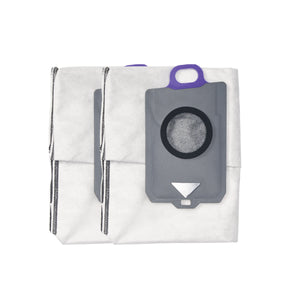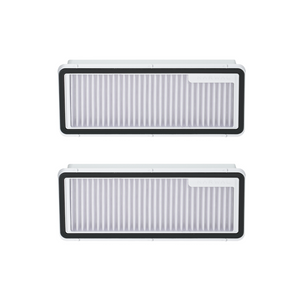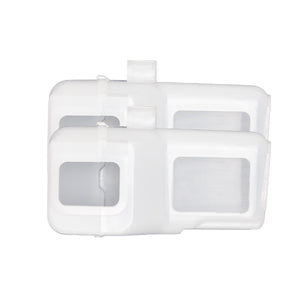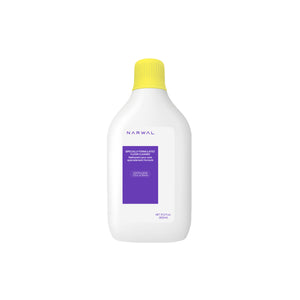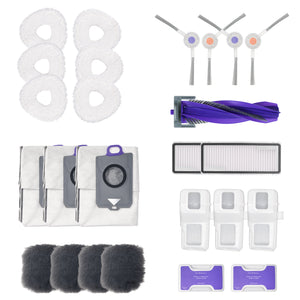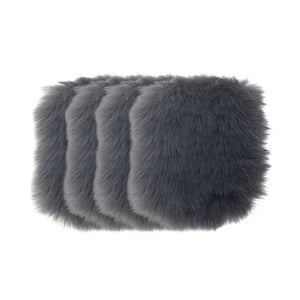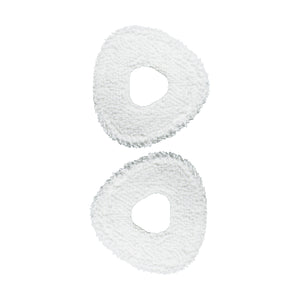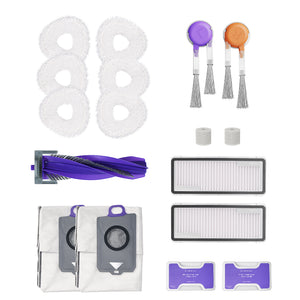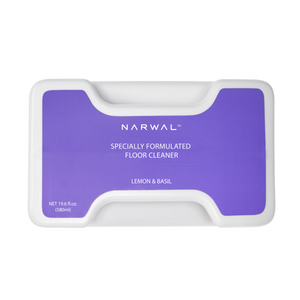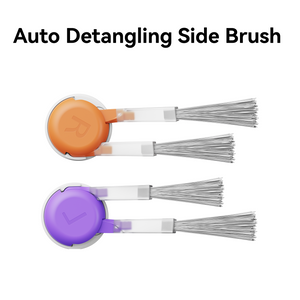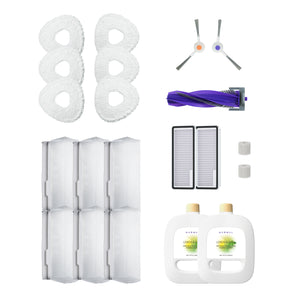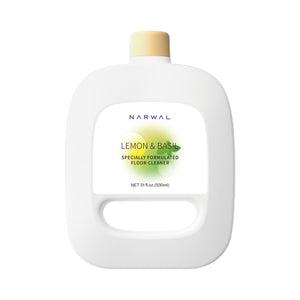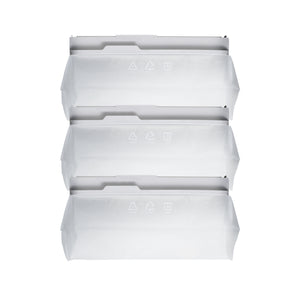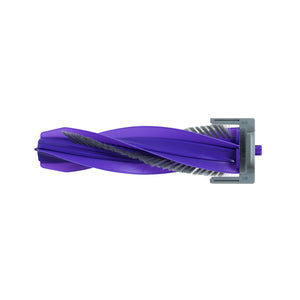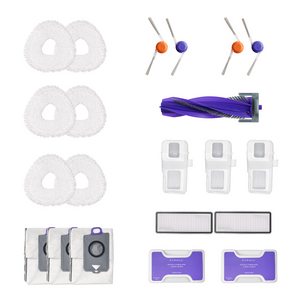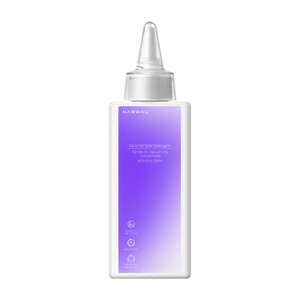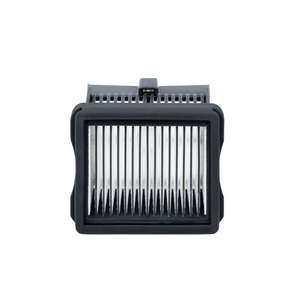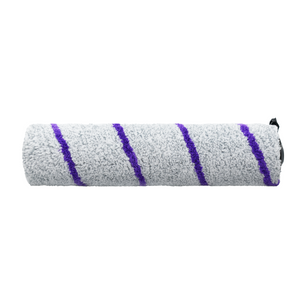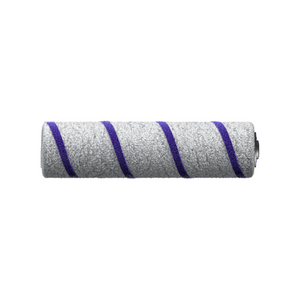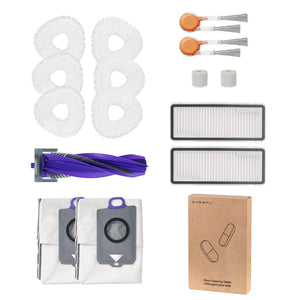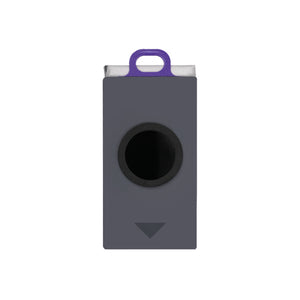Bamboo flooring is a natural, eco-friendly alternative to traditional hardwood. It’s strong, stylish, and adds warmth to any space. But caring for it requires the right approach.
In this guide, you’ll learn how to clean bamboo floors safely and effectively, step by step. We’ll explain the different types of bamboo flooring, show you how to remove stains and restore shine, and highlight what to avoid during cleaning. You’ll also find practical tips for daily maintenance.
Types of Bamboo Flooring
Bamboo flooring comes in three main types: stranded bamboo, horizontal bamboo flooring, and engineered bamboo flooring. Each has a different look and structure, and knowing the difference can help you take better care of your floors.
Stranded Bamboo
Stranded bamboo flooring is made from shredded bamboo fibers. These fibers are pressed together using heat and glue to form strong, solid planks. This type is the hardest and most durable among bamboo floors. It comes in both nail-down and floating options, and you can find it in many colors and finishes.
Because it is so dense, it resists dents and scratches well. It’s also easier to clean with regular sweeping and a damp mop.
Horizontal Bamboo Flooring
Horizontal bamboo flooring is made by gluing thin bamboo strips side by side. This keeps the natural grain and “knuckle” patterns of bamboo visible. It gives the floor a warm, natural look.
But it is softer than stranded bamboo, so it can scratch more easily. To keep it looking good, it’s best to clean gently and avoid dragging furniture across the surface.
Engineered Bamboo Flooring
Engineered bamboo flooring has a thin top layer of real bamboo attached to a base made of plywood or fiberboard. This structure makes it more stable in areas with changing humidity or temperature. It is often used in basements or over radiant heating. Most planks use a click-lock system and are installed as floating floors.
This type is more affordable but also less durable. The bamboo surface is thin and cannot be sanded or refinished. To keep it in good shape, clean with a soft mop and avoid strong or abrasive cleaners.
How to Clean Bamboo Floors?

The key to cleaning bamboo floors is using gentle methods and the right tools to avoid moisture damage and surface scratches.
There are two ways to get it done: a manual routine that includes choosing safe tools, removing dust, mopping properly, applying cleaner, drying the floor, and repeating weekly—or a much simpler option using a Narwal robot vacuum that can handle most of the work for you.
Step 1 Choose Safe Tools and Products
Start with the right tools. Use a soft-bristled broom, a vacuum with a hardwood setting, and a microfiber mop. For cleaning products, pick a pH-neutral solution made for wood or bamboo floors. Avoid steam mops and anything with ammonia or vinegar, which can damage the finish.
Step 2 Remove Dust With a Soft Broom or Vacuum
Dust and grit act like sandpaper. Sweep or vacuum your floors daily or every few days, depending on foot traffic. Always use a vacuum with a hard floor setting or a soft brush attachment to avoid scratches.
Step 3 Mop With a Damp Microfiber Pad
Lightly dampen a microfiber mop with water or your bamboo-safe cleaner. Do not soak the mop. Mop along the grain of the bamboo, working in small sections. The floor should feel barely damp, not wet.
Step 4 Use a Bamboo Floor Cleaner
Apply a small amount of bamboo floor cleaner directly to the mop pad or mist it on the floor. Follow product instructions and work in sections. This helps remove built-up dirt and refresh the finish without leaving streaks.
Step 5 Dry the Floor Immediately
After mopping, go over the floor with a clean, dry cloth or towel. This step is important. It removes leftover moisture and prevents water from seeping into the seams, which can cause swelling or warping.
Step 6 Repeat Weekly or as Needed
For most homes, a deep clean once a week is enough. If you have kids, pets, or high traffic, you may need to clean more often. Consistency matters more than intensity—gentle, regular care keeps bamboo floors in good shape for years.
Or One Step By Robot Vacuum
You can skip most of the manual steps by using a robot vacuum that’s safe for bamboo floors.
Narwal’s robot vacuums are designed to clean hard surfaces gently and efficiently. They combine vacuuming and mopping in one device, using soft pads and smart water control to avoid damage from excess moisture.
With built-in sensors and adjustable cleaning modes, they handle dust, dirt, and light stains without scratching the finish. Instead of sweeping, mopping, and drying by hand, you can simply set a schedule and let the robot handle it.
This is a great option for busy households that want to maintain clean bamboo floors with minimal effort.
How to Deal With Stains and Dull Areas on Bamboo Floors?

To deal with stains and dull areas on bamboo floors, you need targeted cleaning methods that protect the finish without using harsh chemicals. In this section, we’ll cover how to safely remove sticky spots or scuff marks and how to bring back the floor’s natural shine.
How to Remove Sticky Spots or Scuff Marks?
Start by identifying the cause. Sticky spots are often from spills, while scuff marks usually come from shoes or furniture.
For sticky areas, lightly dampen a microfiber cloth with warm water and a drop of pH-neutral cleaner. Gently rub the spot until it lifts. Avoid soaking the area, as too much water can cause warping.
For scuff marks, use a clean, dry microfiber cloth. Rub gently along the grain of the bamboo. If needed, apply a small amount of baking soda paste (baking soda and water) to the cloth and buff the area lightly. Wipe off any residue with a damp cloth and dry the spot completely. Never use abrasive pads or steel wool because they will scratch the finish.
How to Restore Shine to Bamboo Floors?
Dullness often comes from dirt build-up, overuse of water, or cleaning with the wrong products.
First, give the floor a full clean using a bamboo-safe floor cleaner. If the dullness remains, use a hardwood floor polish that is compatible with bamboo. Apply a small amount to a clean microfiber pad and work it into the floor evenly, following the product instructions.
Before polishing the entire floor, always test a small hidden area.
Only polish floors with a polyurethane or similar sealed finish. Avoid homemade shine boosters like oil or vinegar mixtures. They can create a residue or dull the surface over time. Stick to professional-grade products for lasting results.
What Should You Avoid When Cleaning Bamboo Floors?

There are a few things you should definitely avoid when cleaning bamboo floors, or you risk damaging the surface and shortening its lifespan. This includes too much water, acidic or harsh cleaners, steam mops, and even letting dirt sit too long.
Let’s look at each one and what you can do instead.
Excessive Water Exposure
Mopping with too much water is a common issue. Bamboo may look tough, but it’s still a natural material that absorbs moisture. Soaked planks can swell or warp, especially at the edges or seams.
A better way is to use a mop that’s only slightly damp. After cleaning, dry the surface quickly with a towel. This keeps water from sitting and seeping in.
Harsh or Acidic Cleaners
Vinegar, ammonia, or bleach-based products might promise a deep clean, but they do more harm than good. These harsh formulas break down the protective layer and make the floor appear dull over time.
Stick with a bamboo floor cleaner that’s pH-balanced and clearly marked as safe for hardwood or bamboo. It gets the job done without stripping the finish.
Using Steam Mops or Abrasive Scrubbing Tools
High heat from a steam mop can push moisture deep into the bamboo, loosening the adhesive or causing the planks to shift. Rough scrubbing tools can leave behind scratches that are hard to repair.
Instead, rely on gentle methods. A microfiber pad works well for everyday cleaning, while a soft cloth is enough for spot treatments.
Skipping Regular Cleaning
It’s not just about what you use—it’s also about how often you clean. Dust and small particles act like grit underfoot, slowly wearing down the floor’s top layer. The damage builds up quietly until the surface loses its shine.
Set a routine. Sweep two to three times a week, or more in high-traffic areas. This simple habit protects the floor far better than waiting for messes to build up.
Bamboo Floor Care and Maintenance Tips

Good bamboo floor care is not just about cleaning. Small daily habits can make a big difference in how long your floors stay beautiful. From using entry mats to handling spills, these simple tips will help you protect your investment and reduce the need for major repairs.
Use Entry Mats
Most of the dirt and grit that harms bamboo floors comes from outside. Placing entry mats at every doorway helps trap dust, small stones, and road salt before they get dragged inside. Choose mats with a soft backing that won’t scratch the floor underneath, and clean them regularly so they stay effective.
Trim Pet Nails
Pets don’t mean harm, but their claws can scratch the finish layer of your floors over time. Make nail trimming part of your regular pet care routine. For added protection, use rugs in play areas or near food bowls. This reduces the chance of sudden scratches from quick movements or jumping.
Control Indoor Humidity
Bamboo is sensitive to changes in moisture. High humidity can make the planks swell, while dry air may cause gaps or cracks.
Use a humidifier in winter and a dehumidifier during humid summers to keep indoor air stable. Aim for a humidity level between 40% and 60%, which is ideal for bamboo flooring maintenance.
Clean Spills Immediately
Spilled water, juice, or pet accidents can soak into the bamboo if not wiped up quickly. This may cause stains, warping, or odor. Keep a soft towel or cloth nearby, and blot up spills as soon as they happen.
FAQs About How to Clean Bamboo Floors
Can You Use Swiffer or Microfiber Mops?
Yes, both Swiffer and microfiber mops are safe for bamboo floors.
Microfiber is soft and gentle, so it won’t scratch the surface. A dry or slightly damp microfiber mop works well for daily cleaning. If you use a Swiffer, choose the dry sweeping cloths or the wet pads labeled safe for wood floors. Avoid soaking the pads or letting moisture sit on the floor.
Can I Use a Vacuum Cleaner on Bamboo Flooring?
Yes, you can use a vacuum cleaner as long as it’s designed for hard floors.
Choose a model with a hardwood setting or one that allows you to turn off the brush roll. This helps prevent scratches. Avoid vacuums with hard plastic wheels or stiff rotating brushes. For best results, vacuum two to three times a week to pick up dust and grit that could damage the finish.
What Is the Best Way to Clean After Installation?
The best way to clean bamboo floors after installation is to sweep or vacuum and then mop with a damp microfiber cloth.
New floors may have dust, adhesive residue, or packaging debris. Start by removing loose dirt with a soft broom or vacuum made for hard surfaces. Then use a pH-neutral bamboo floor cleaner with a microfiber mop. Keep the mop damp, not wet. Dry the floor quickly to prevent water from soaking into seams or edges.

Let a Dusting Robot Handle What Bamboo Floors Need Most
Keeping bamboo floors in good shape comes down to a few key habits. Use gentle tools, clean regularly, and stay away from anything that causes moisture or surface damage.
Clean bamboo floors bring out the warmth and character of your home. They stay smooth, quiet underfoot, and easy to care for when maintained the right way.
For a simpler option, let Narwal take care of it. Narwal robot vacuums are made for hard floors like bamboo. They vacuum and mop with just the right amount of water and pressure, keeping your floors clean without any risk.
Choose Narwal for effortless, floor-safe cleaning that fits into real life.





















